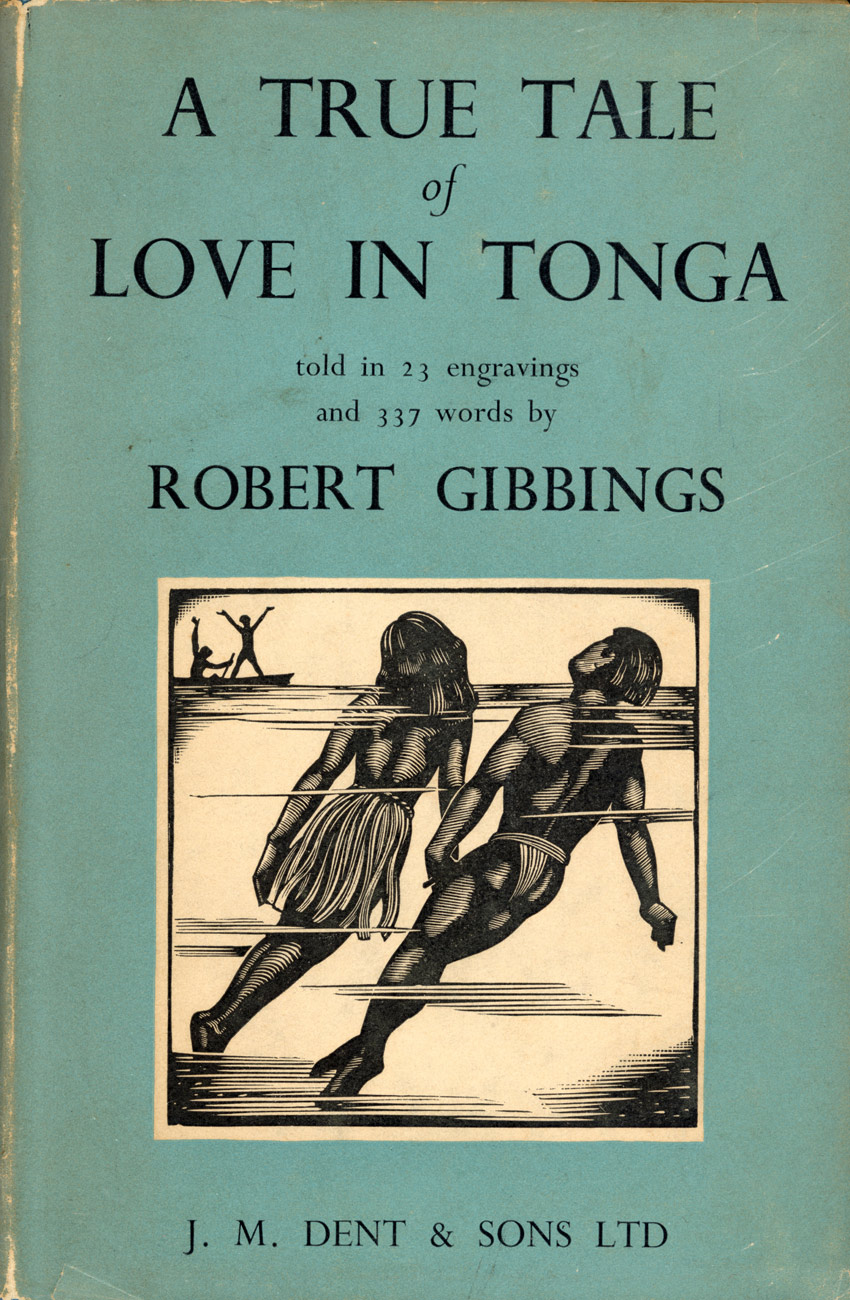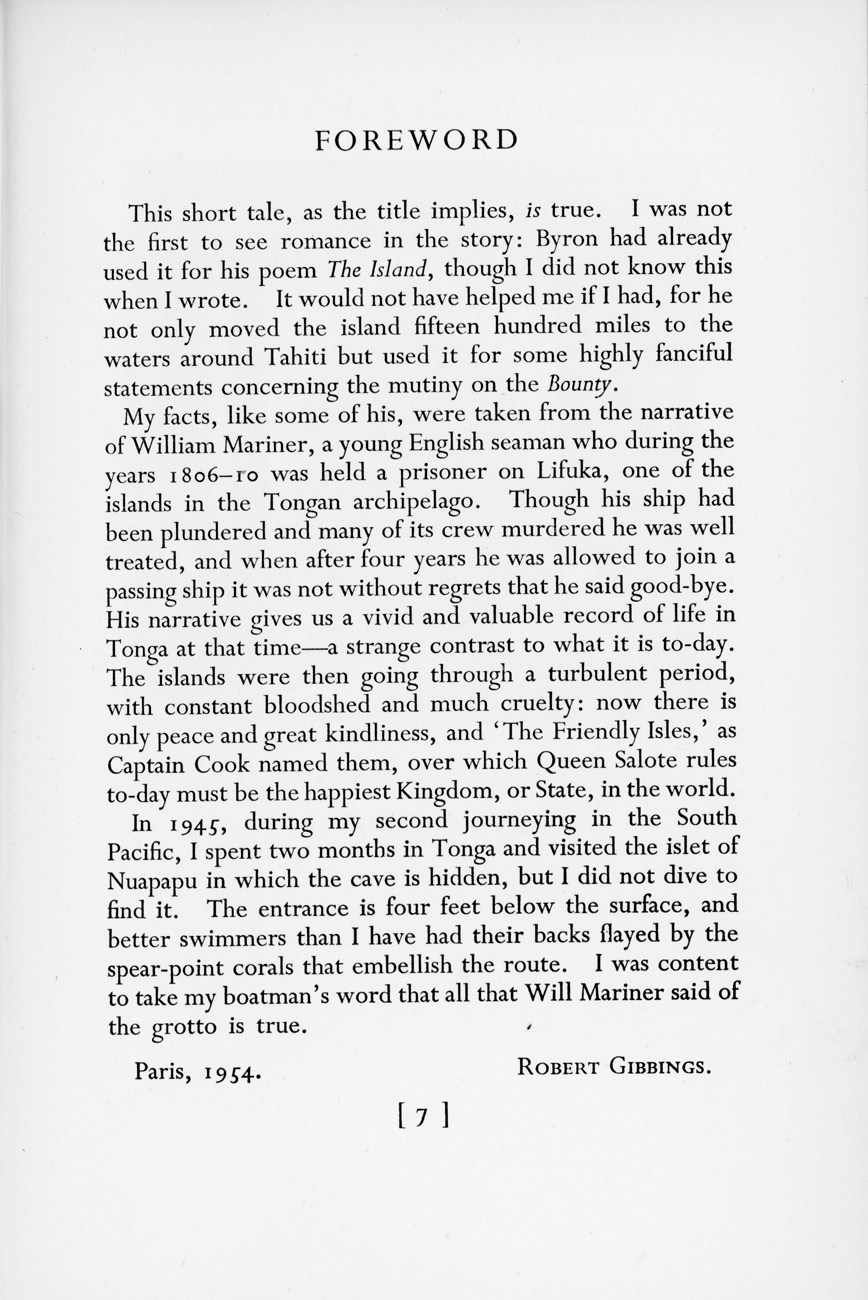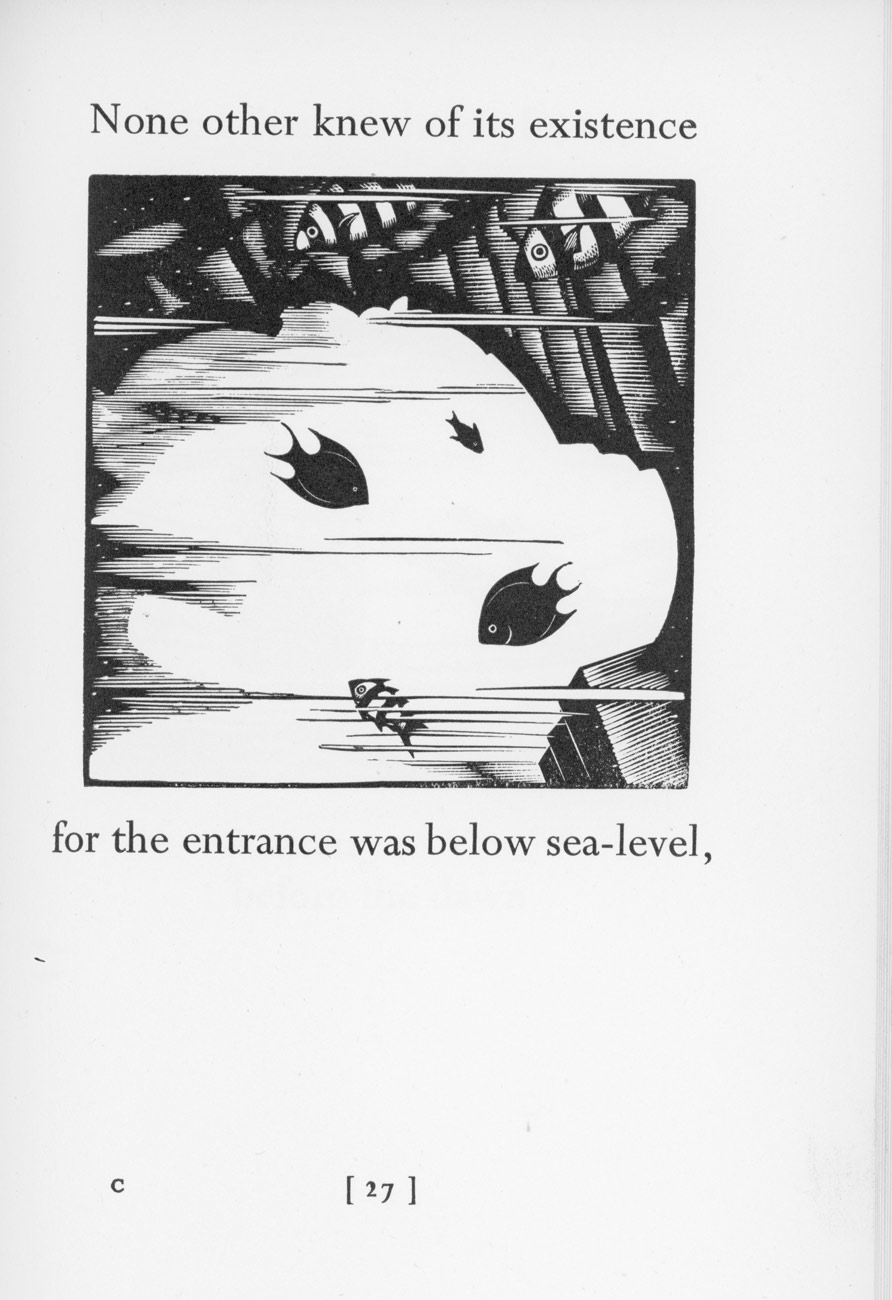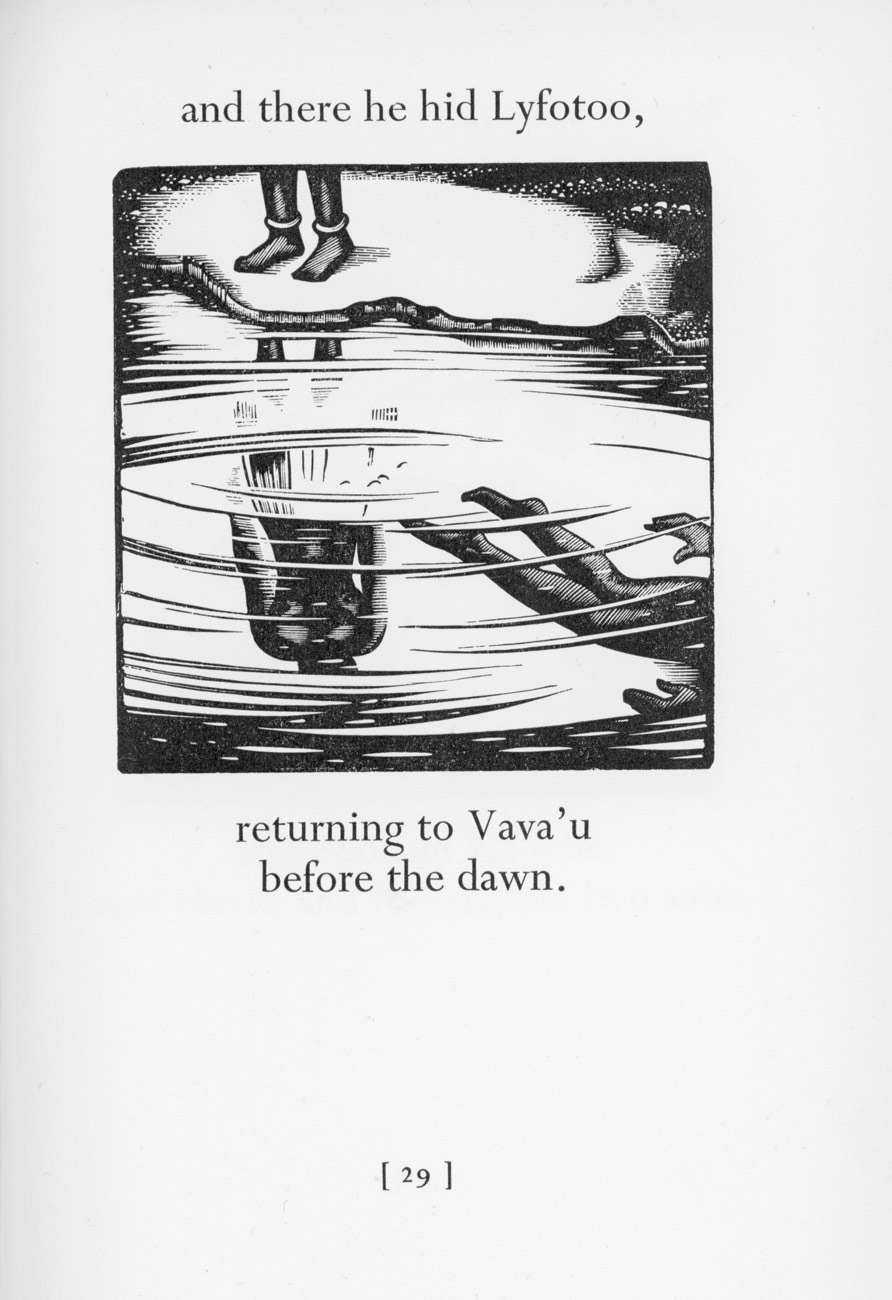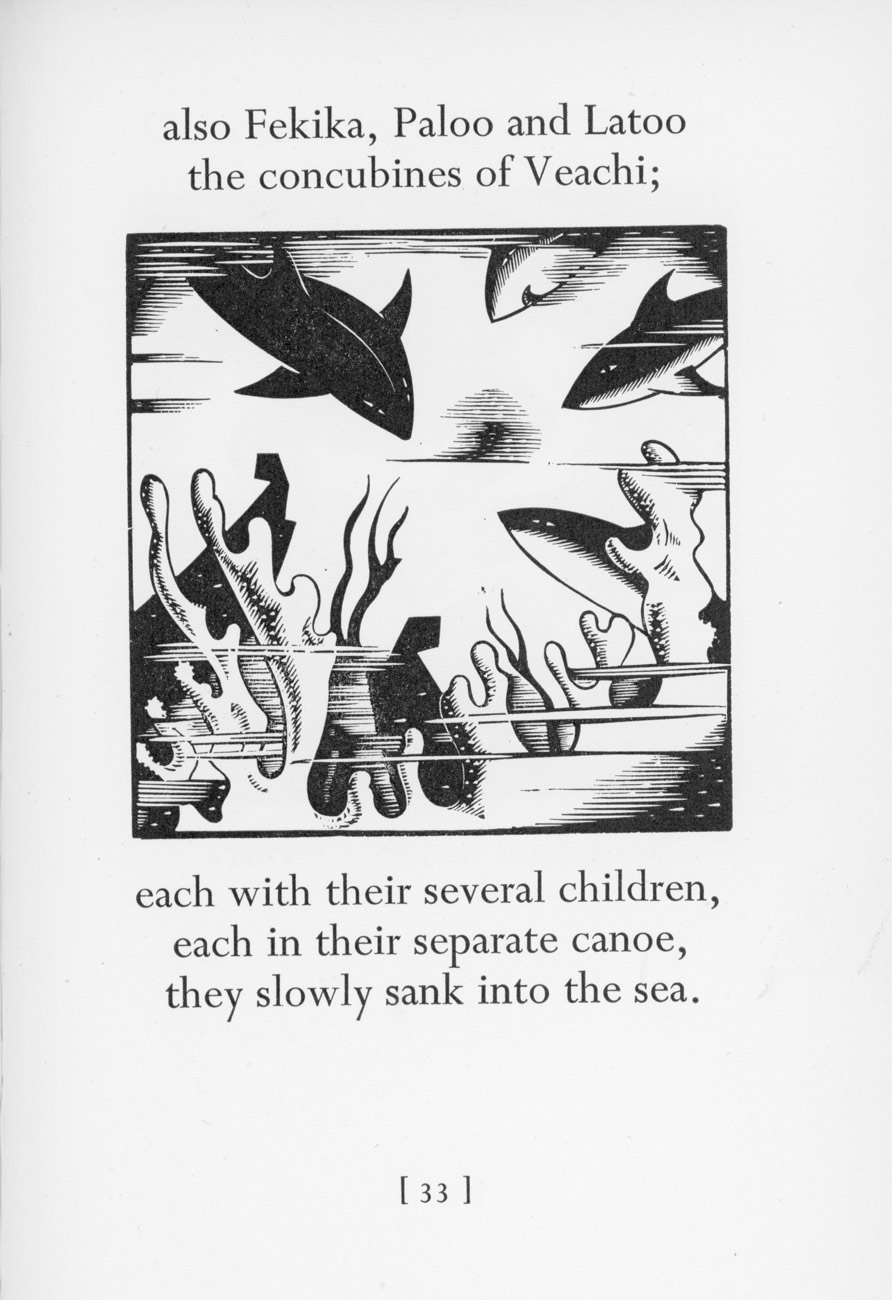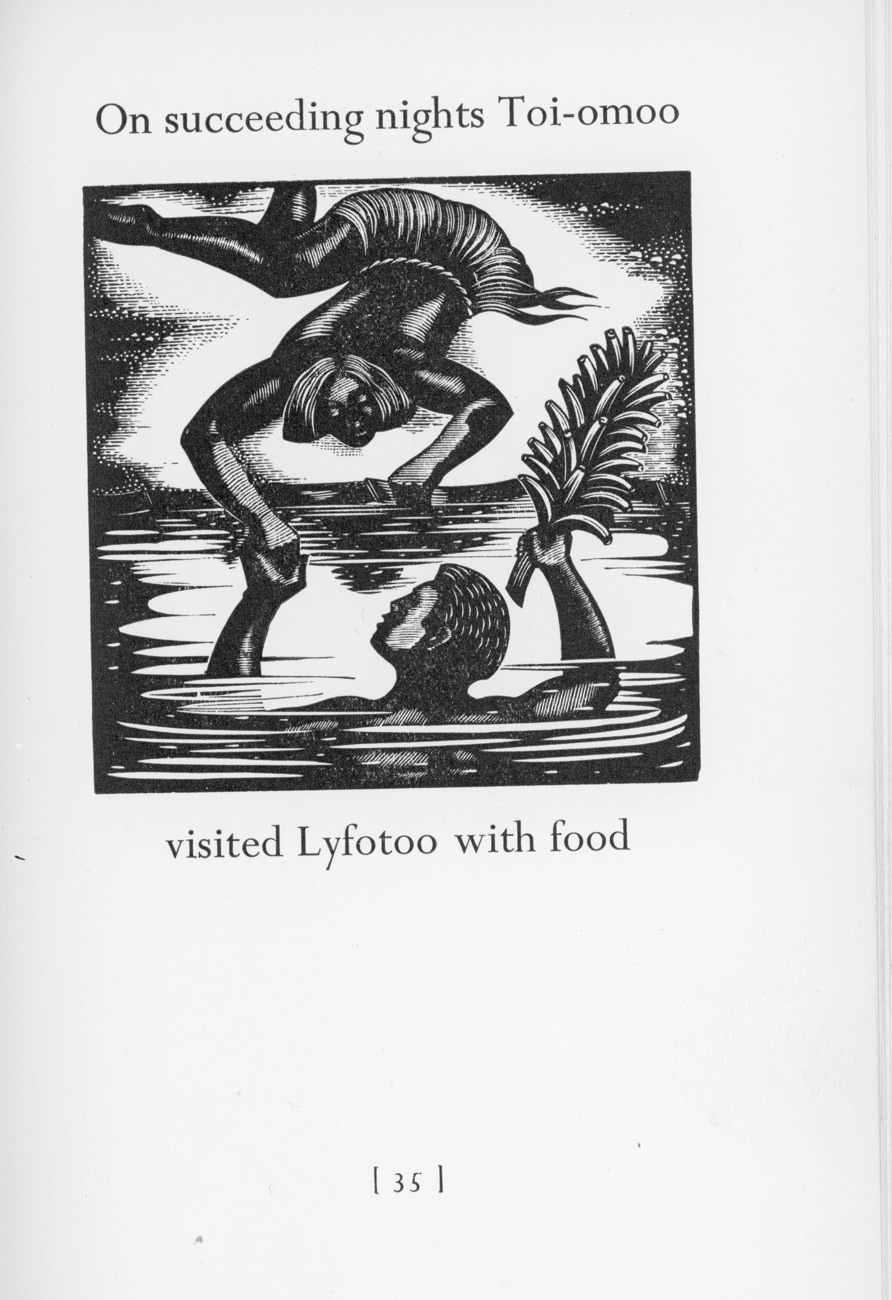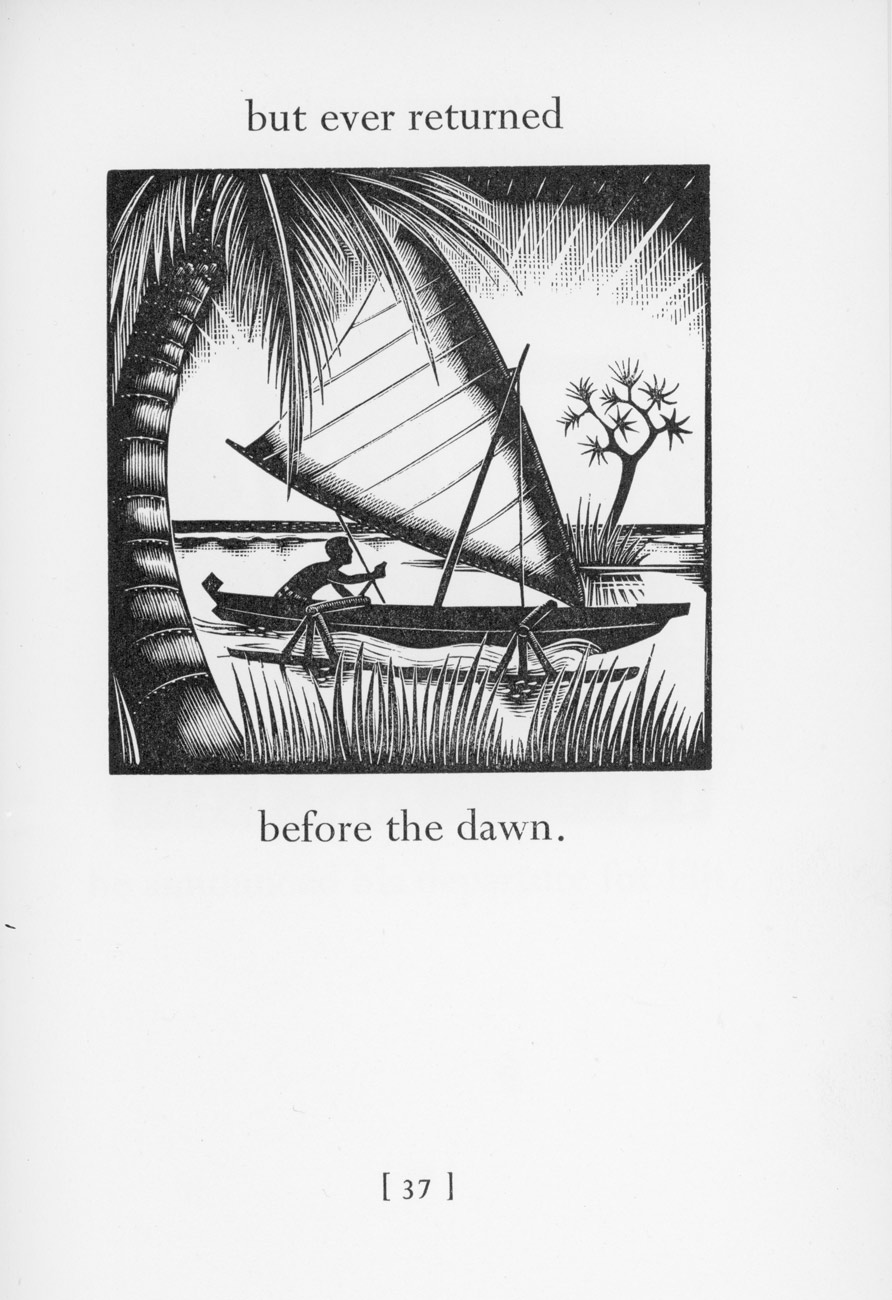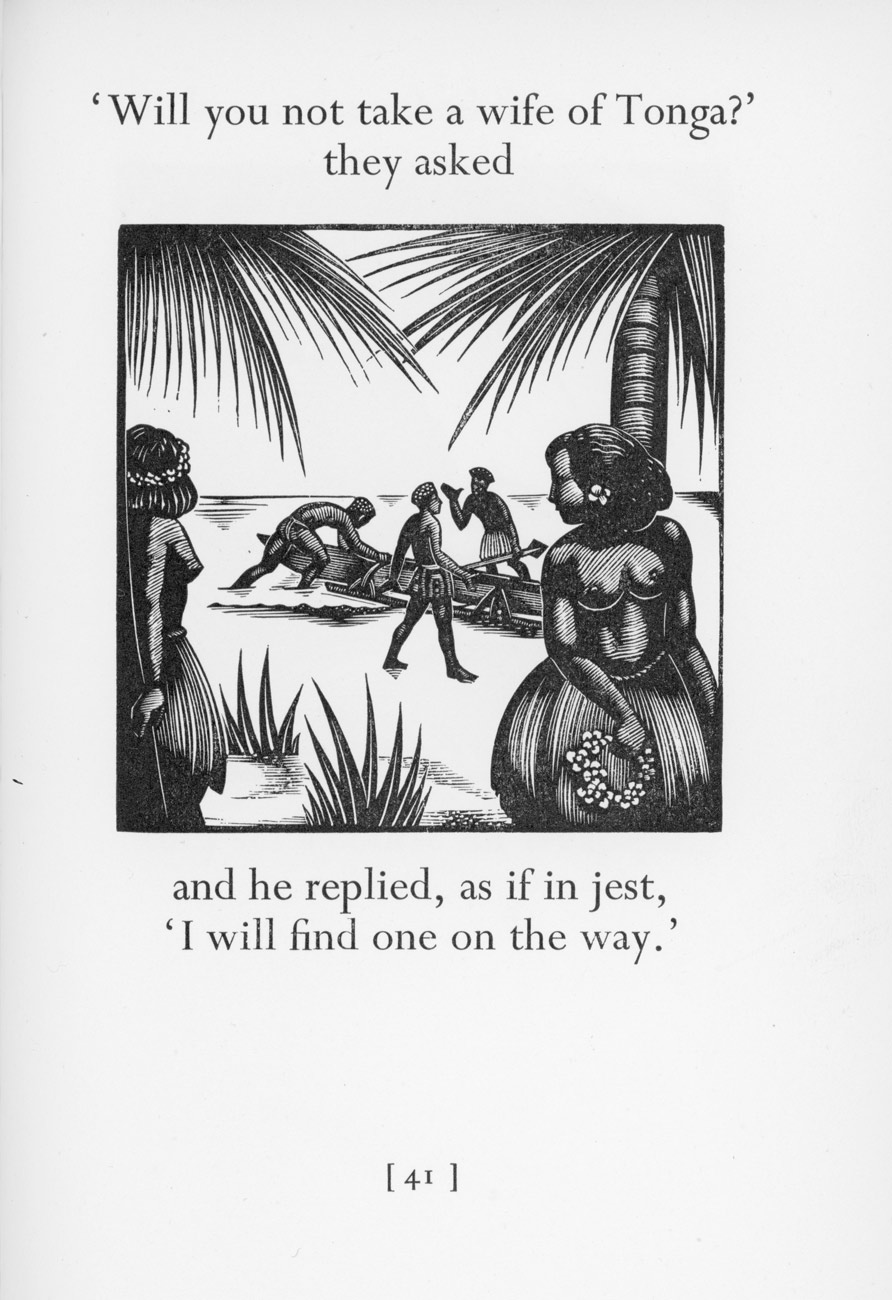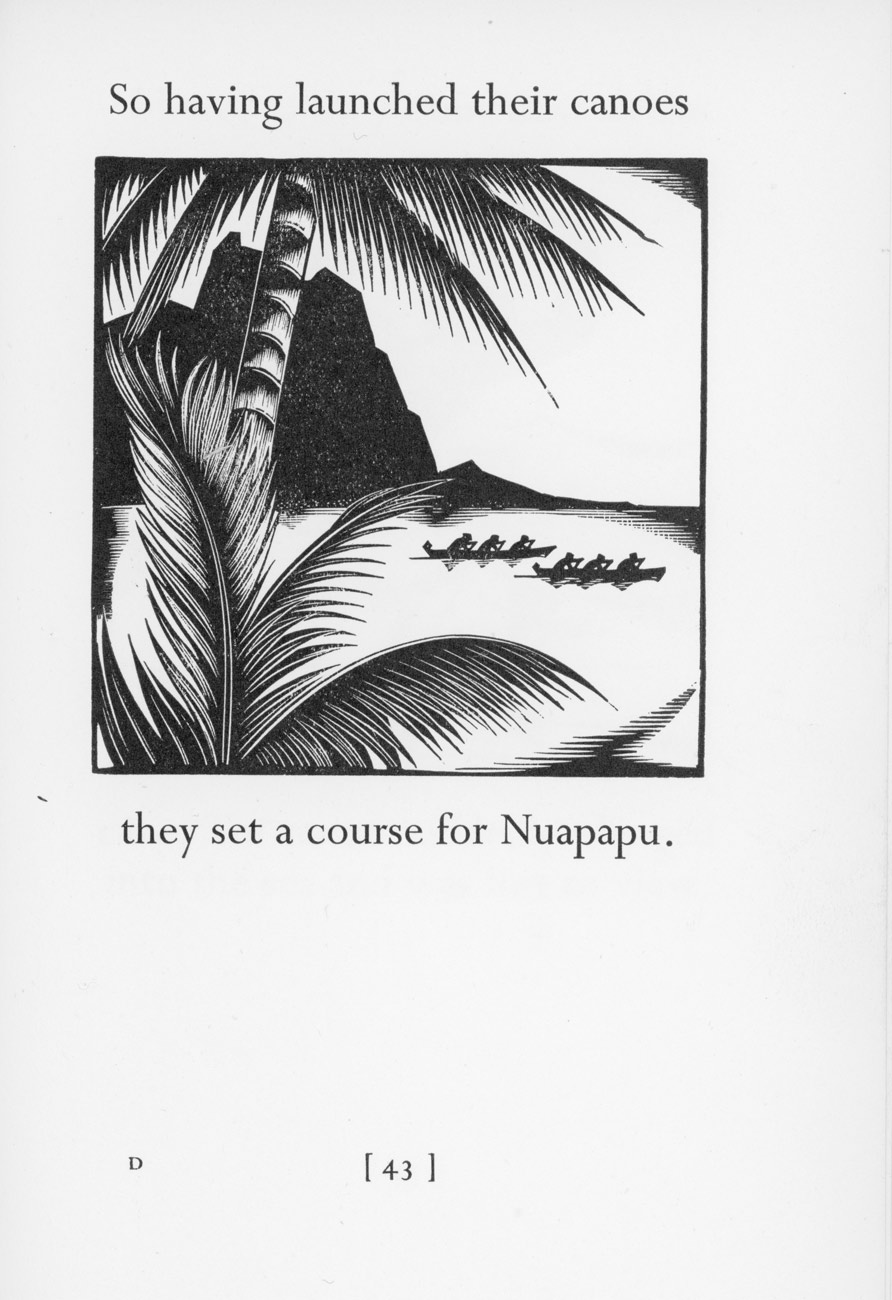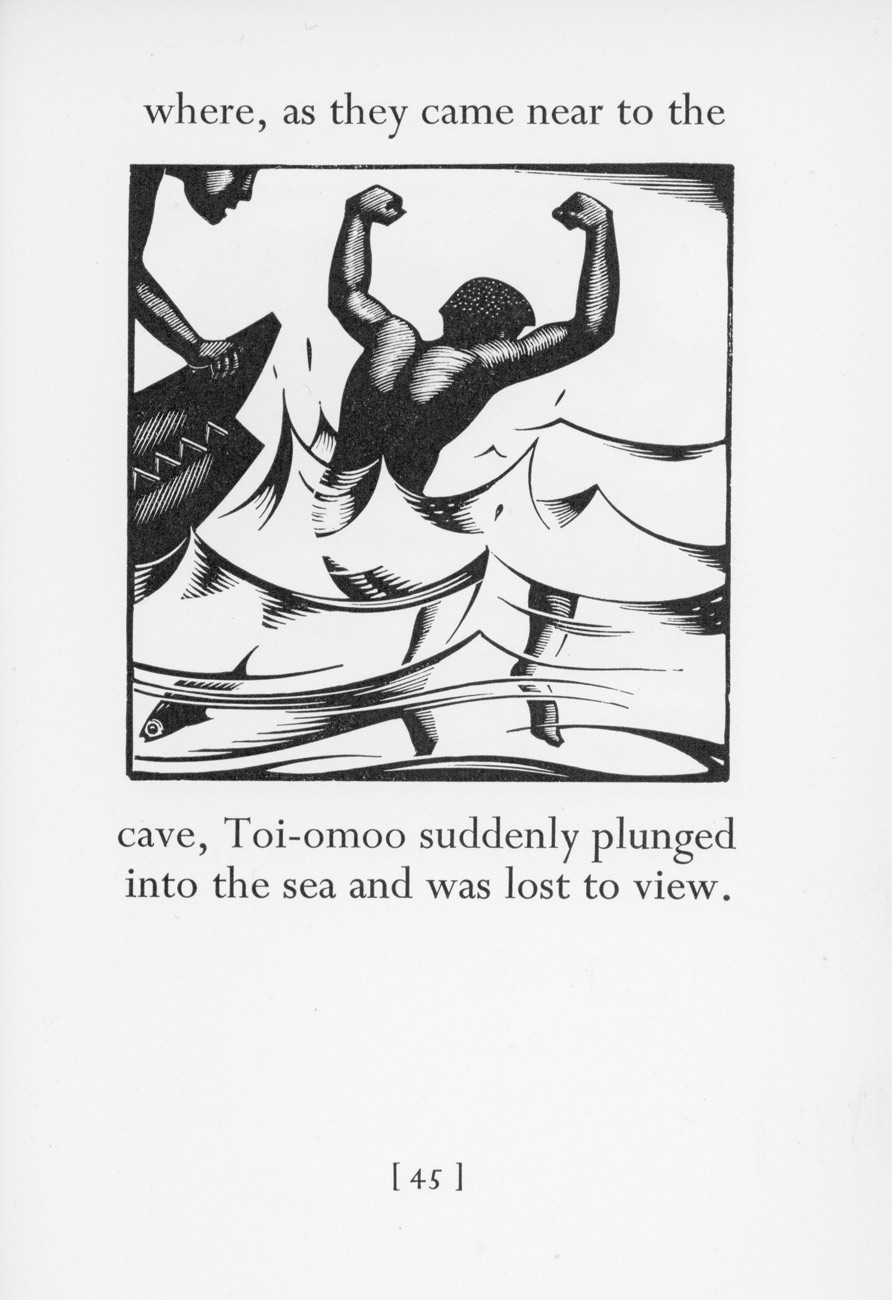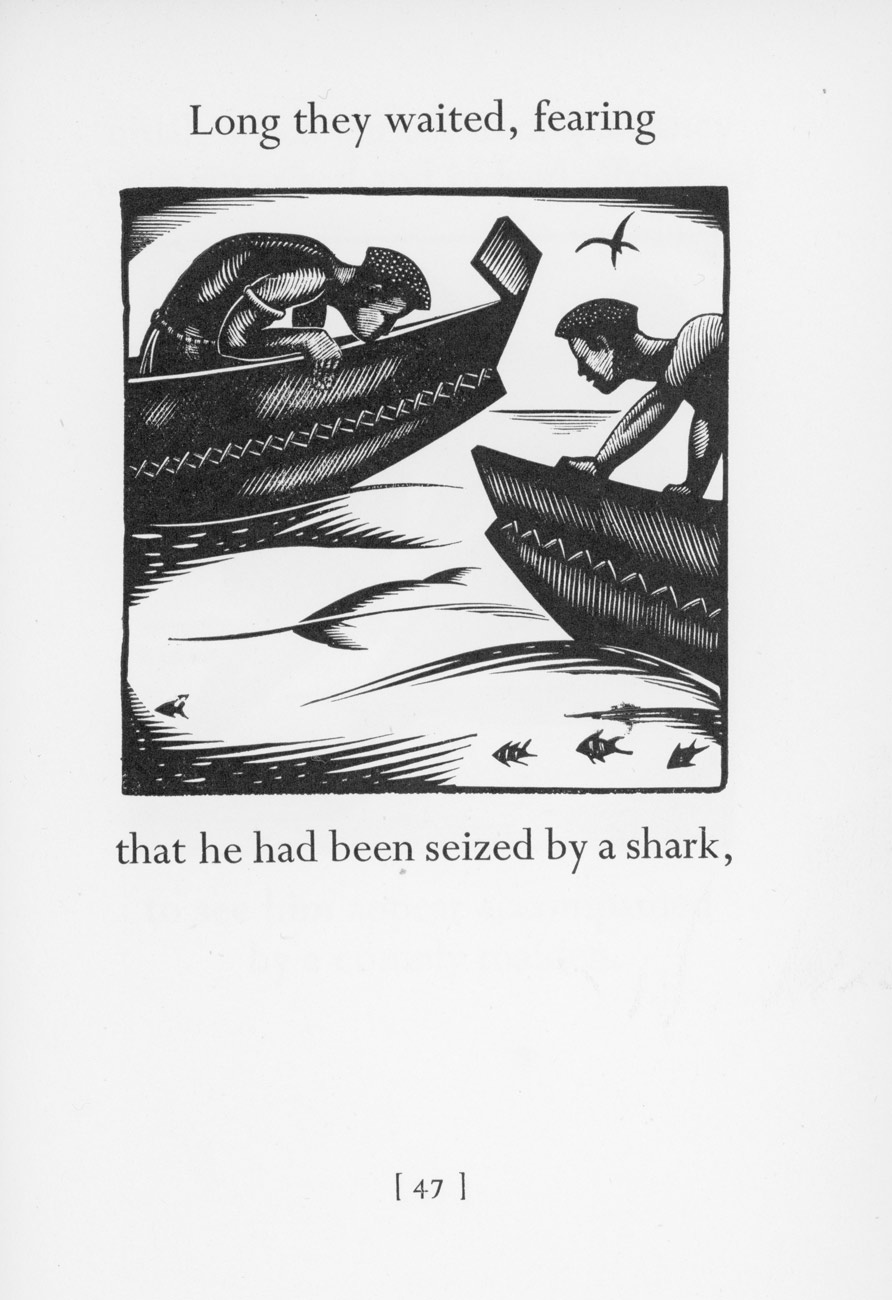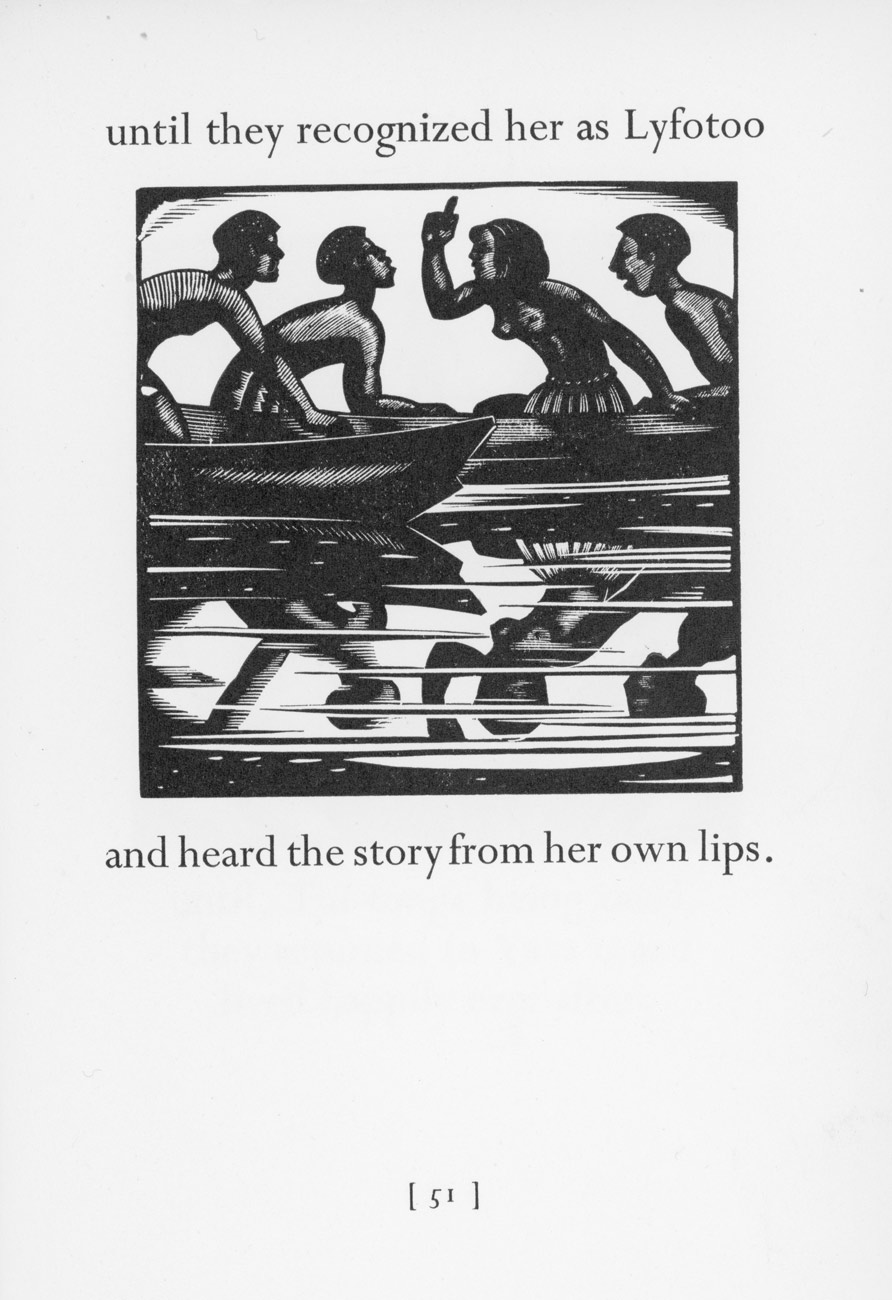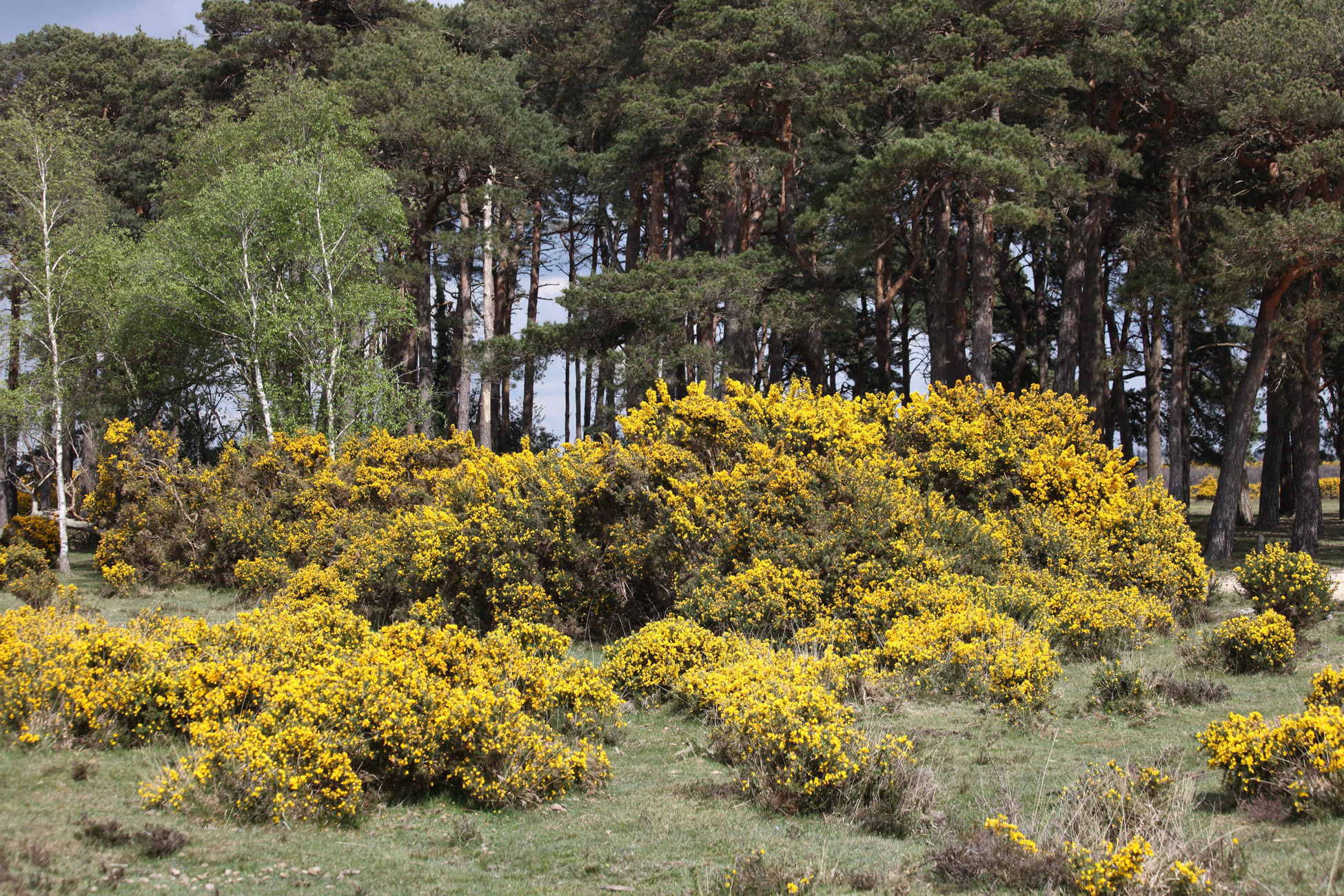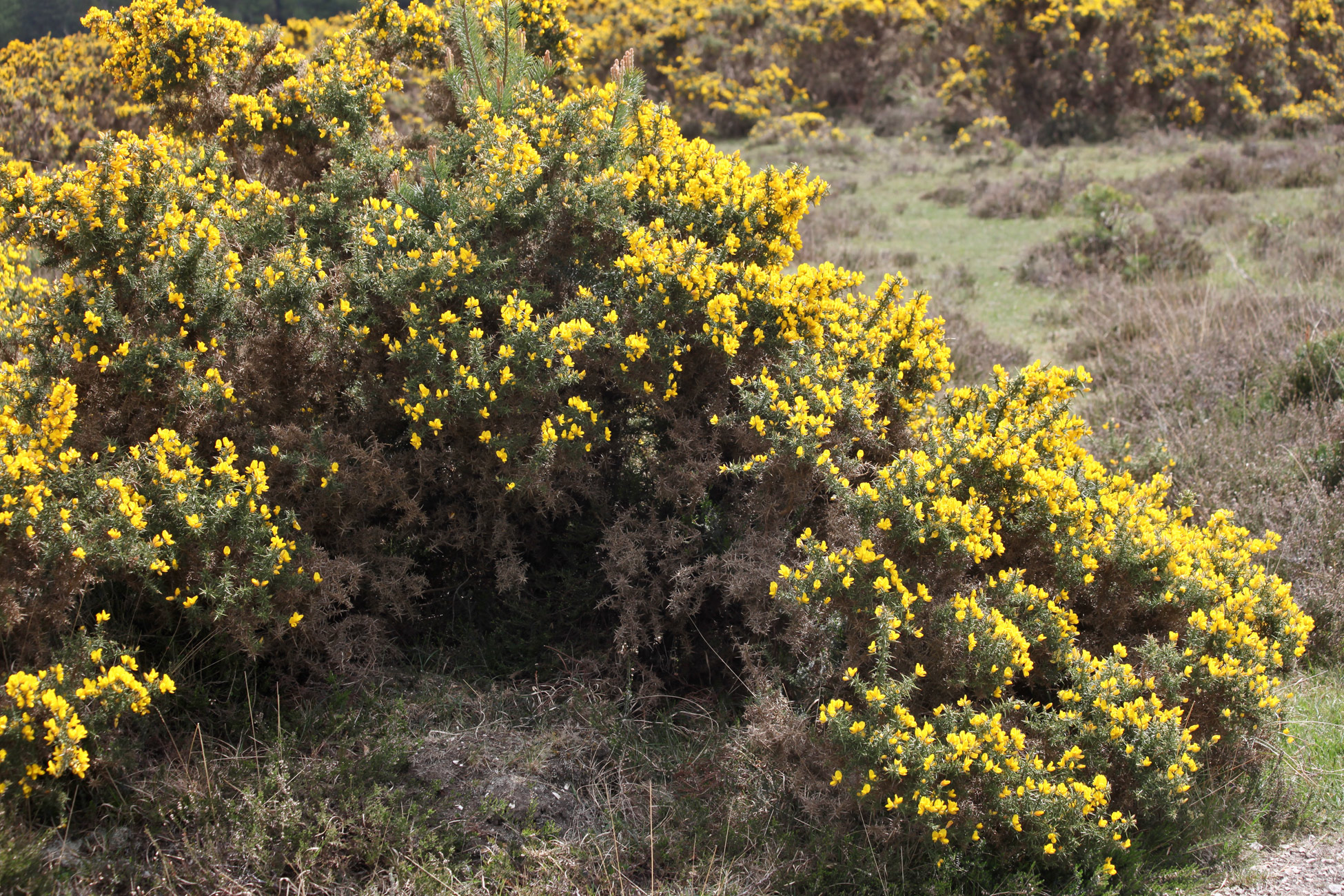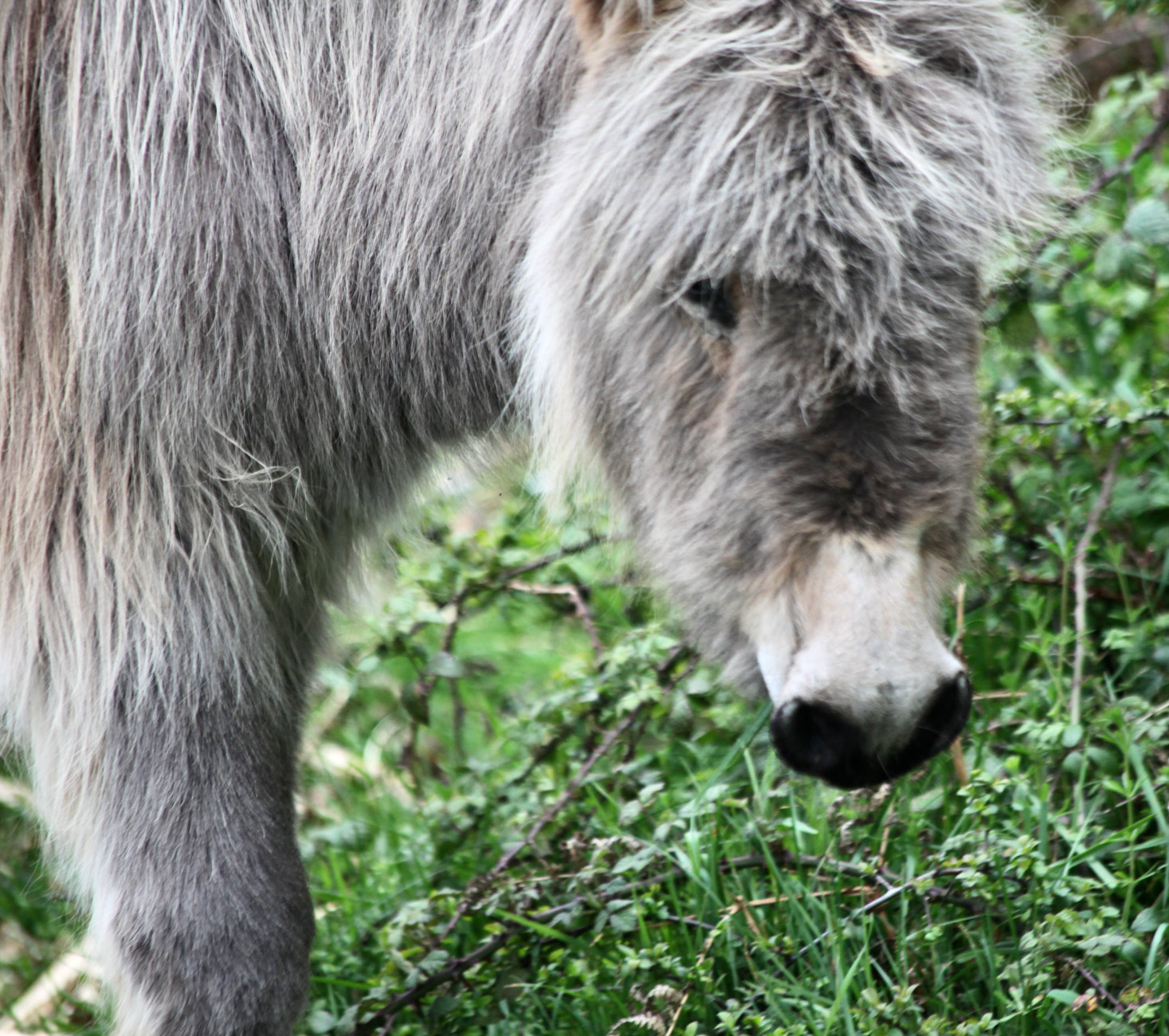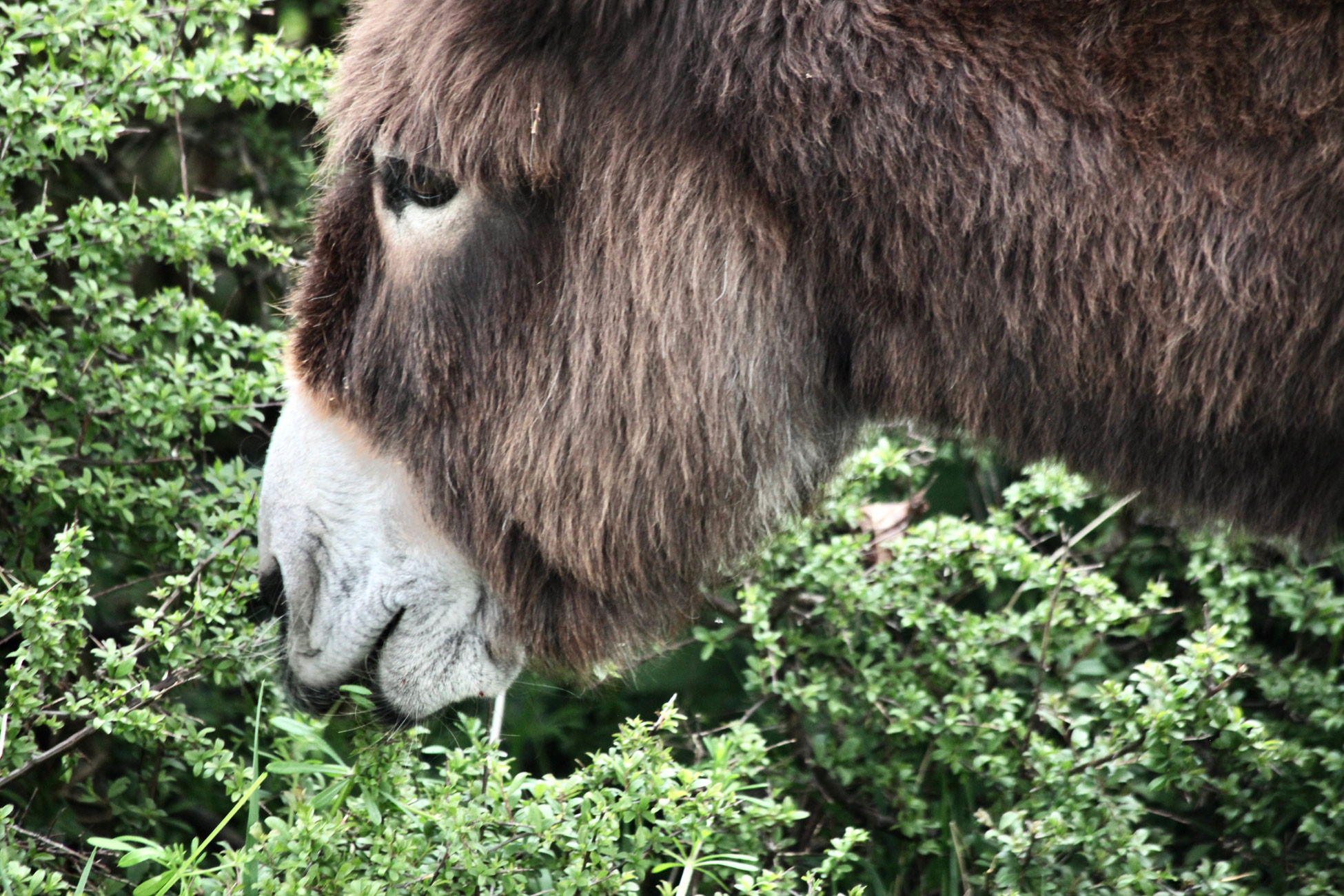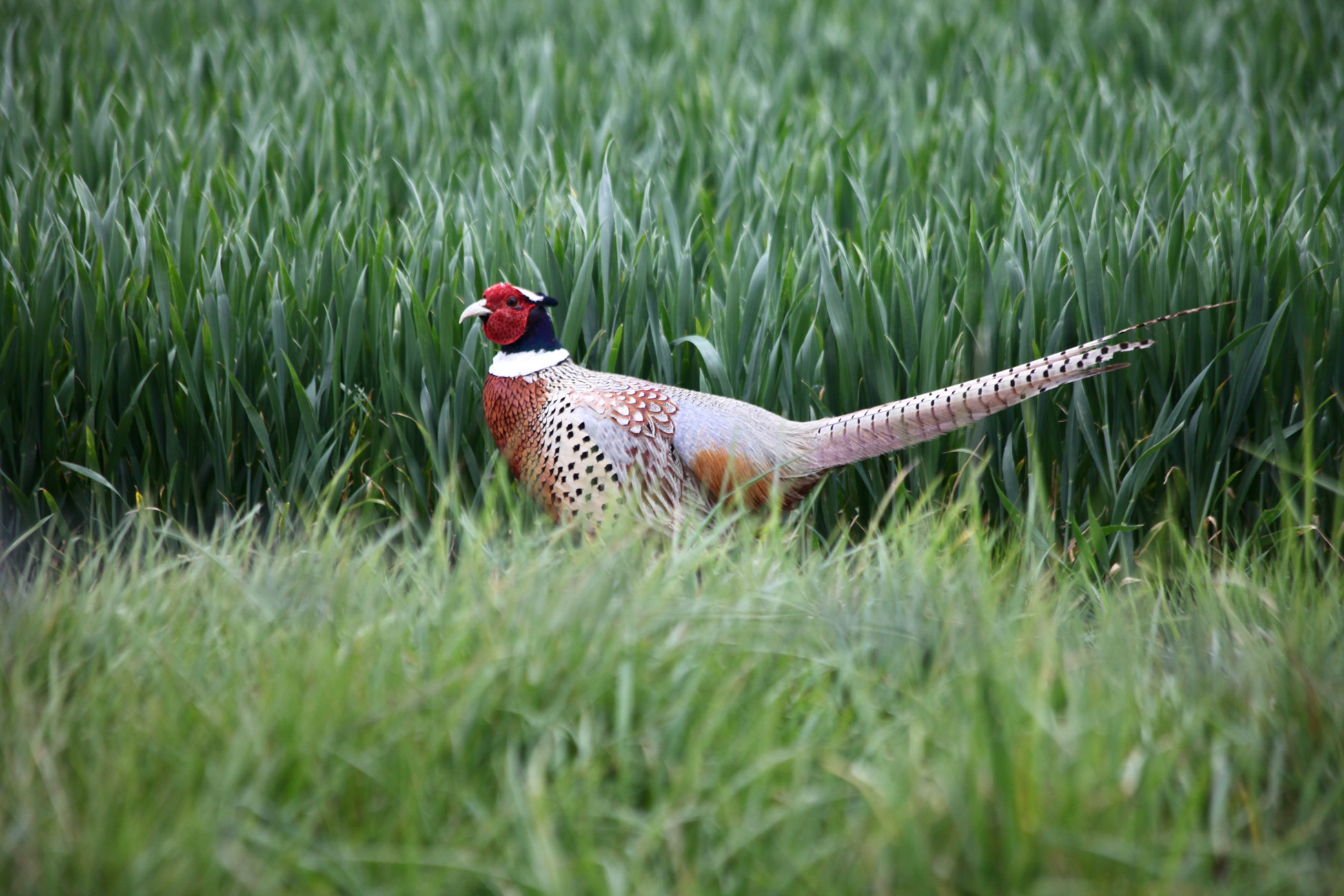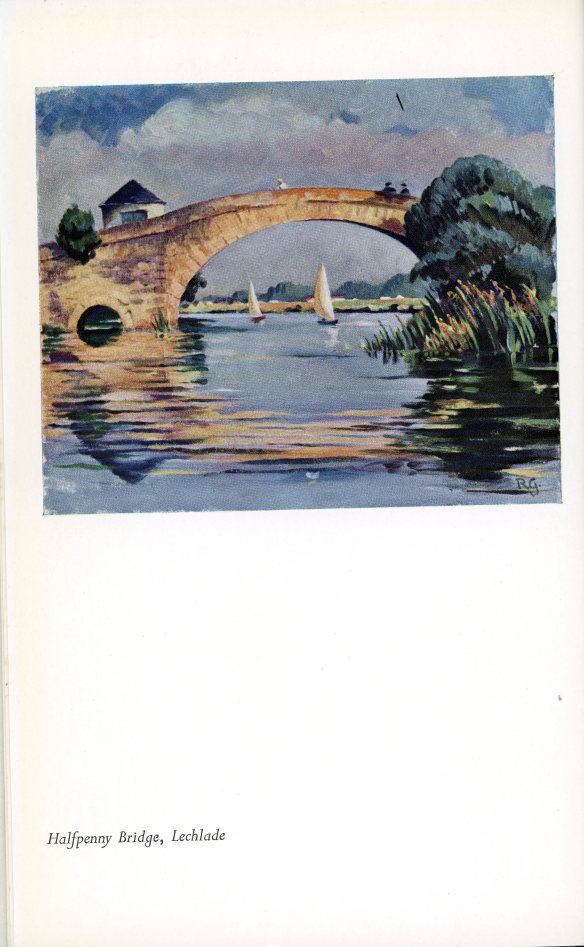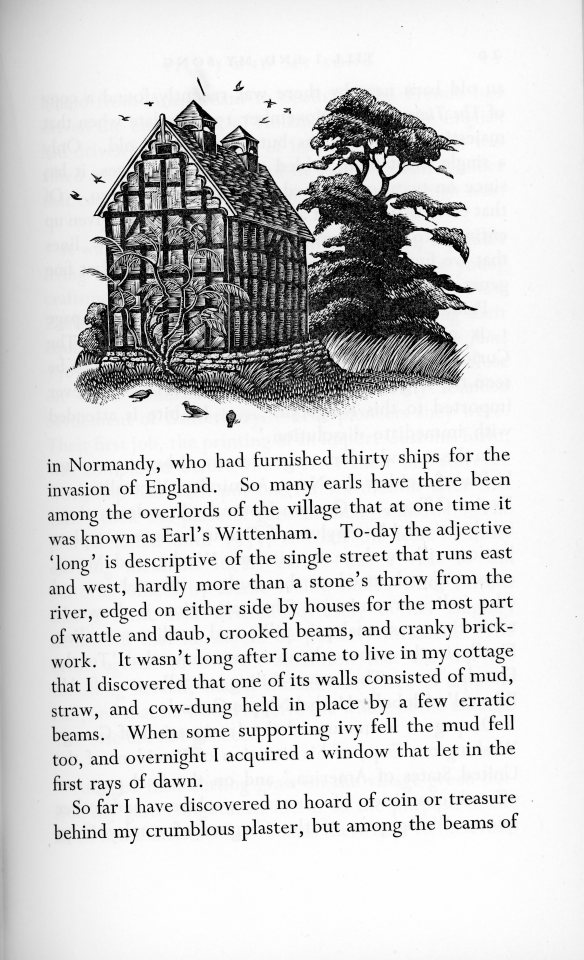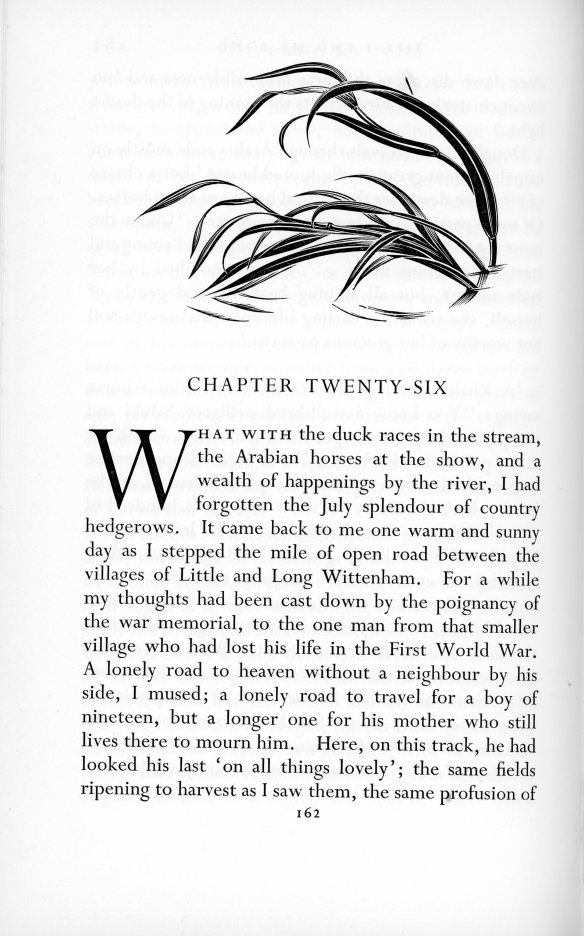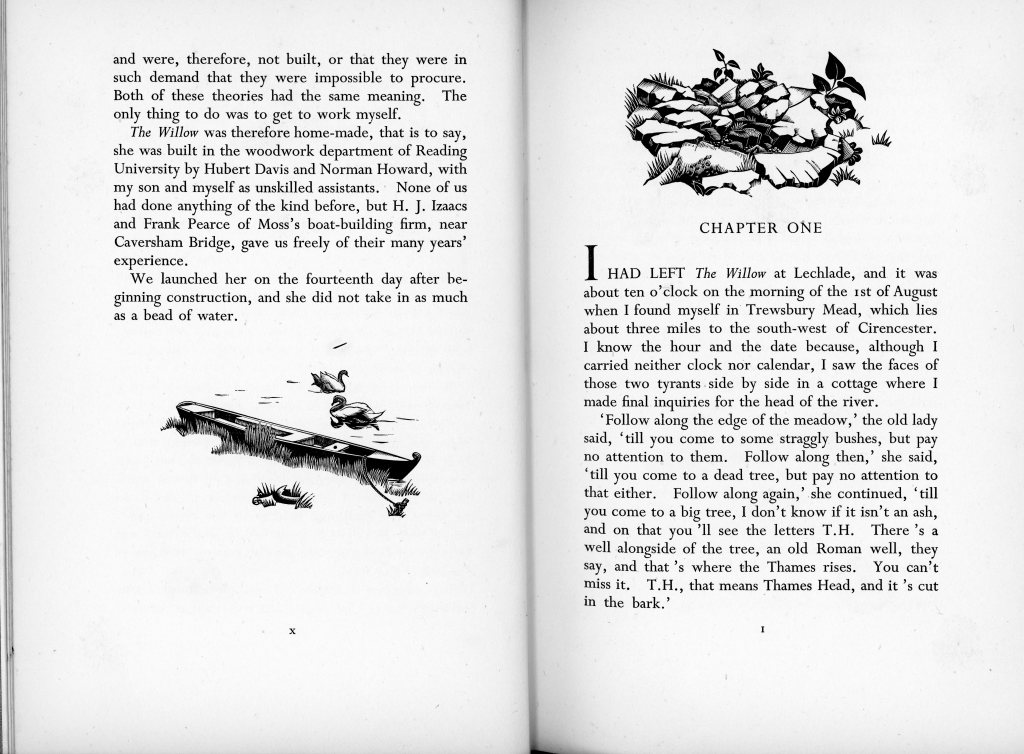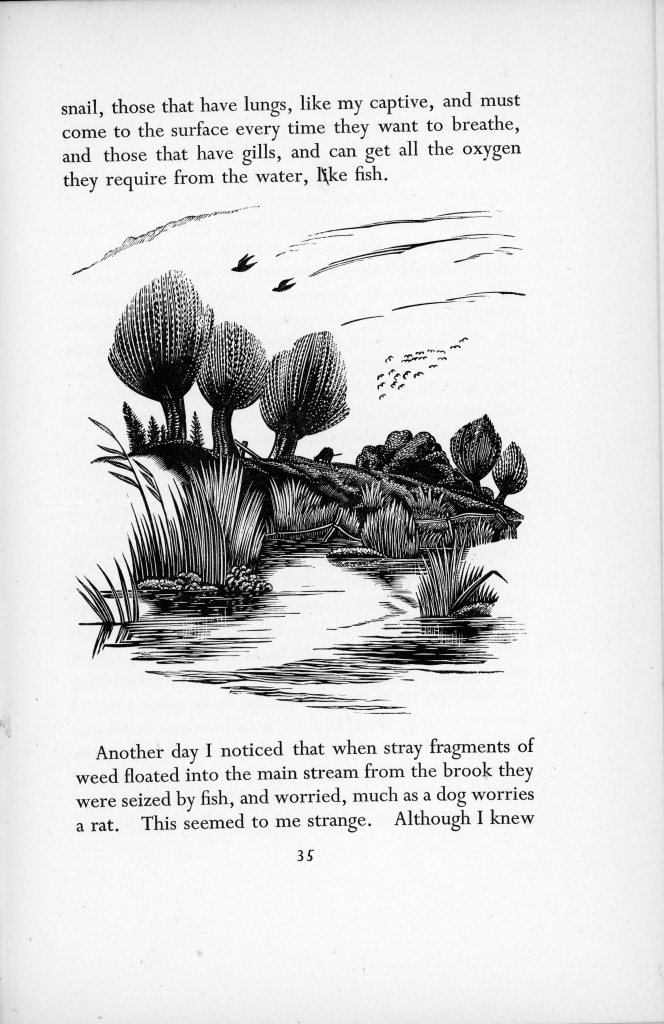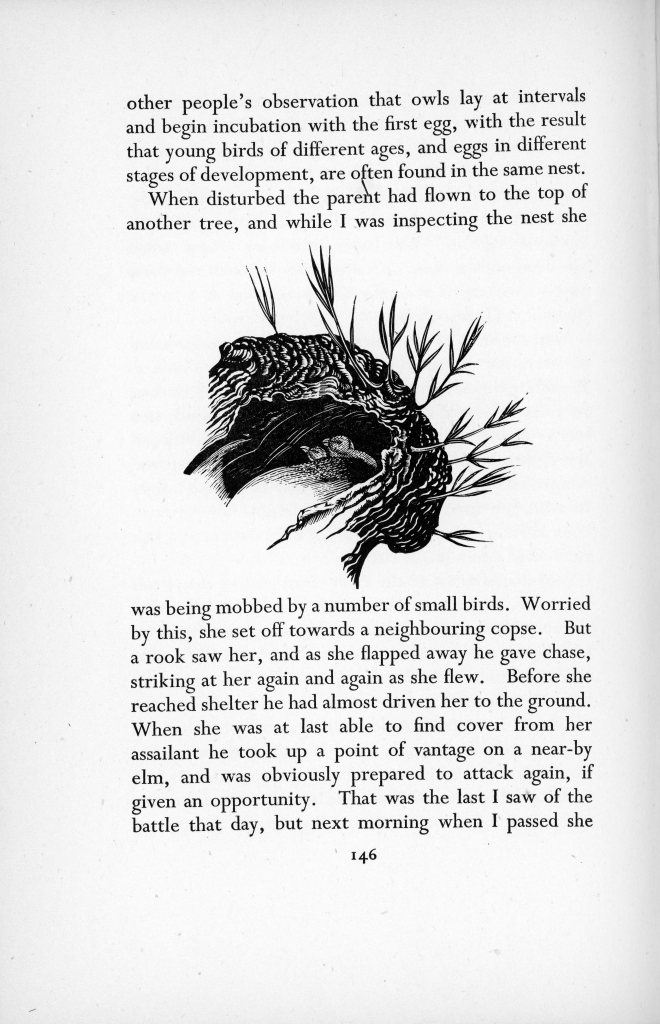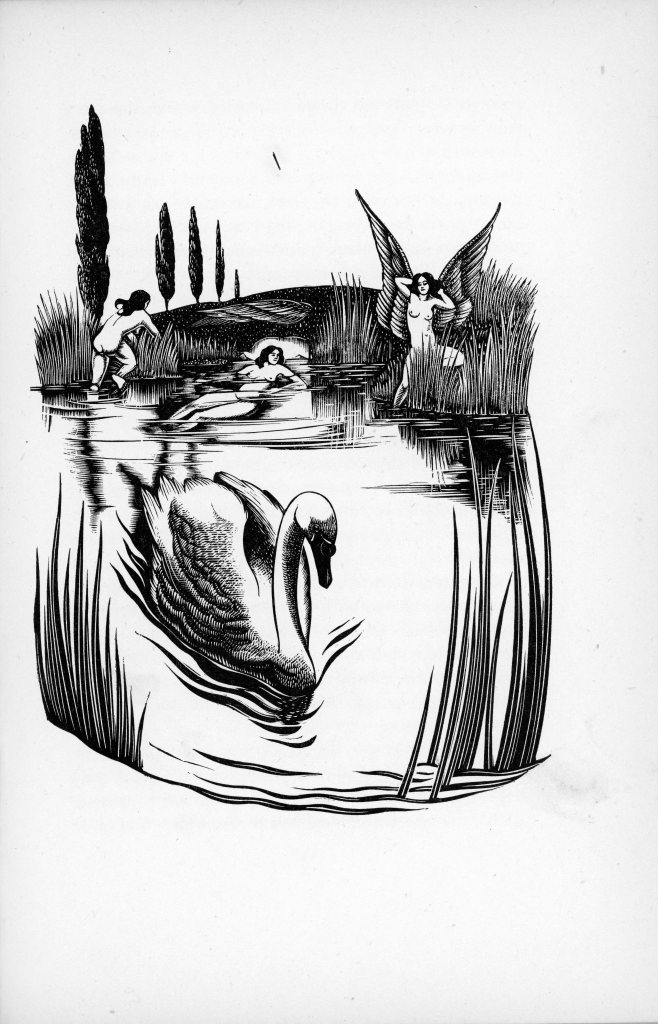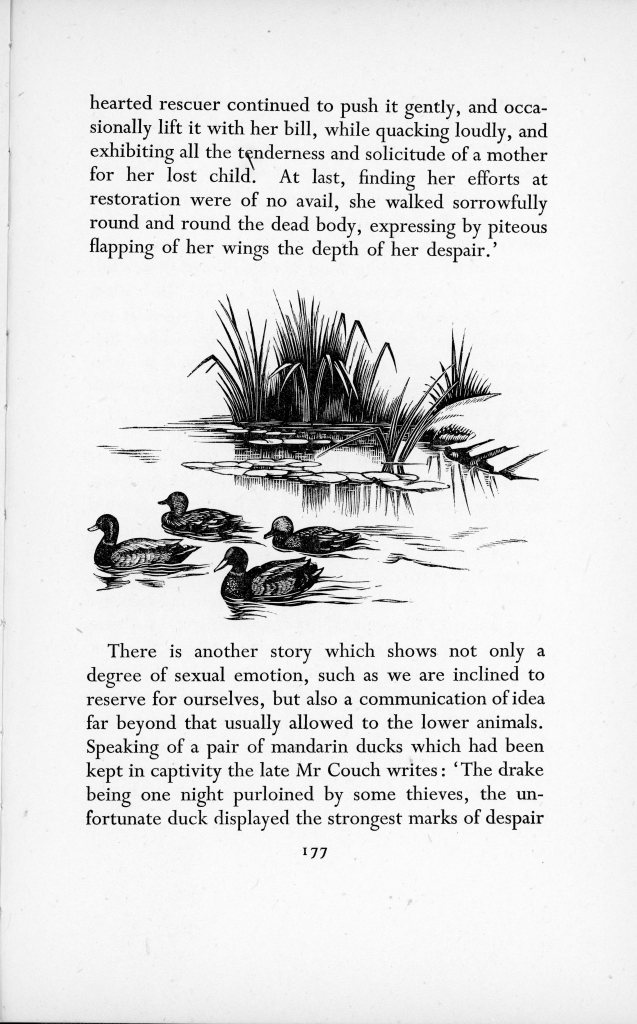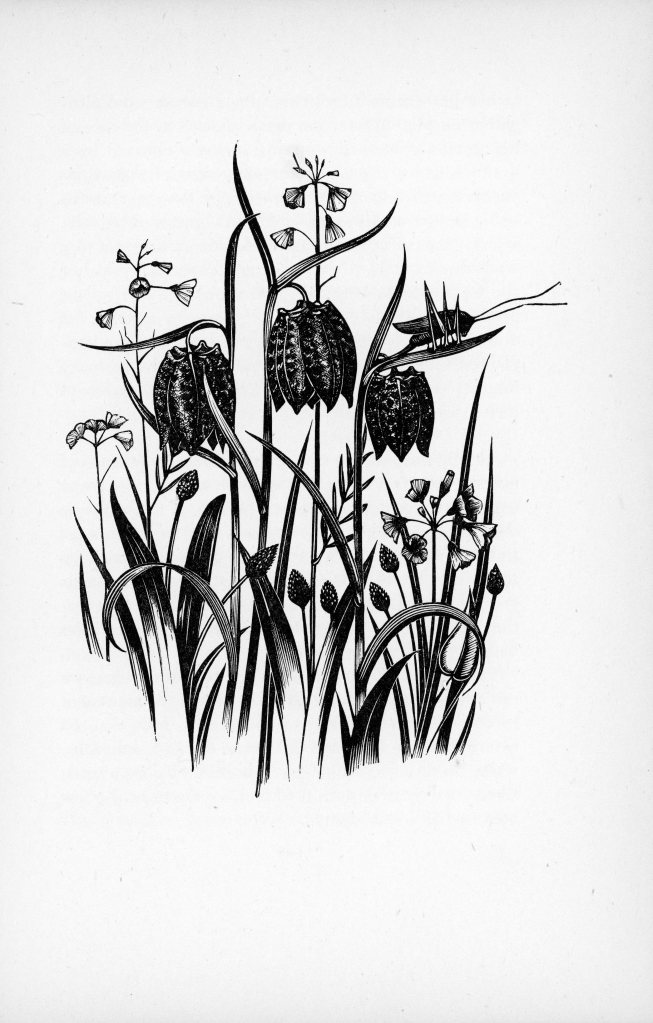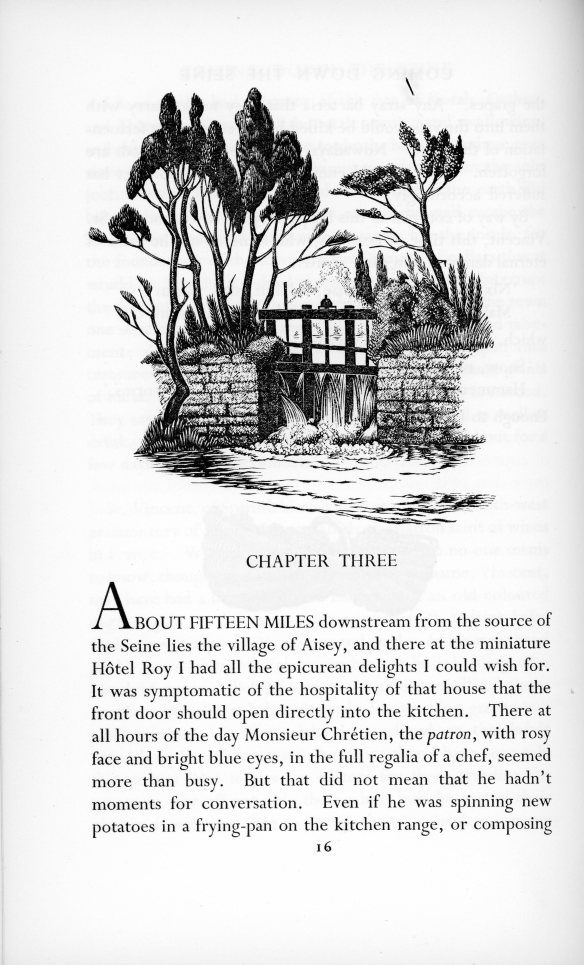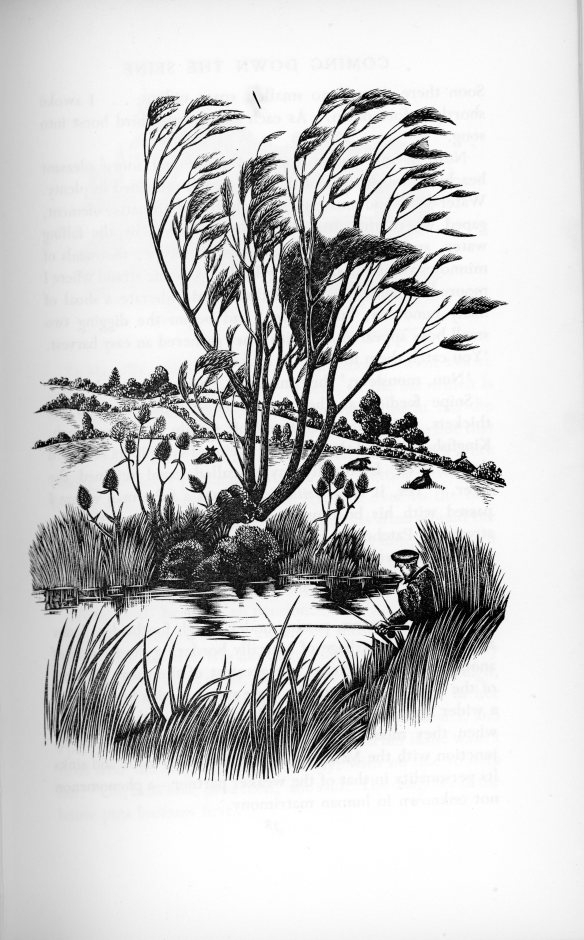CLICK ON IMAGES TO ENLARGE. REPEAT IF REQUIRED.
This morning I pulled up a chair for Eric Gill, with whom I was soon to part company.
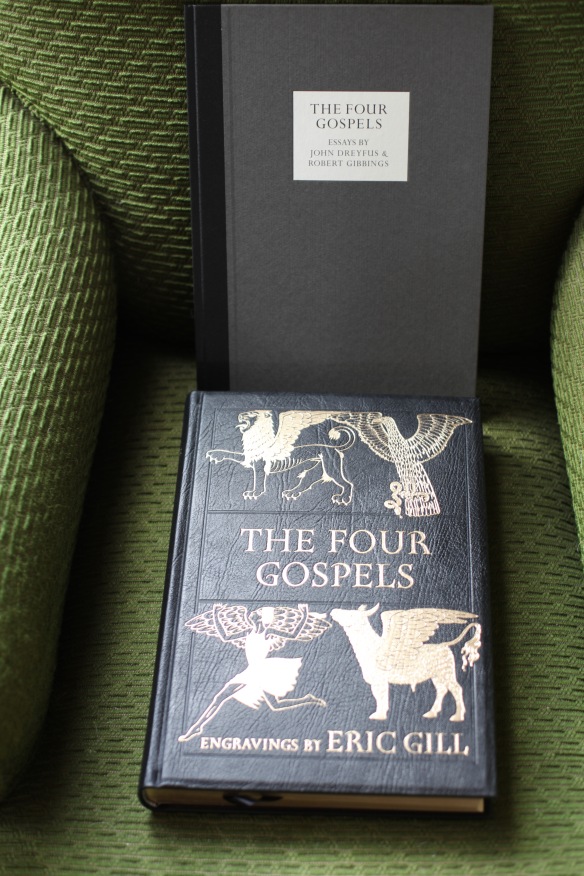
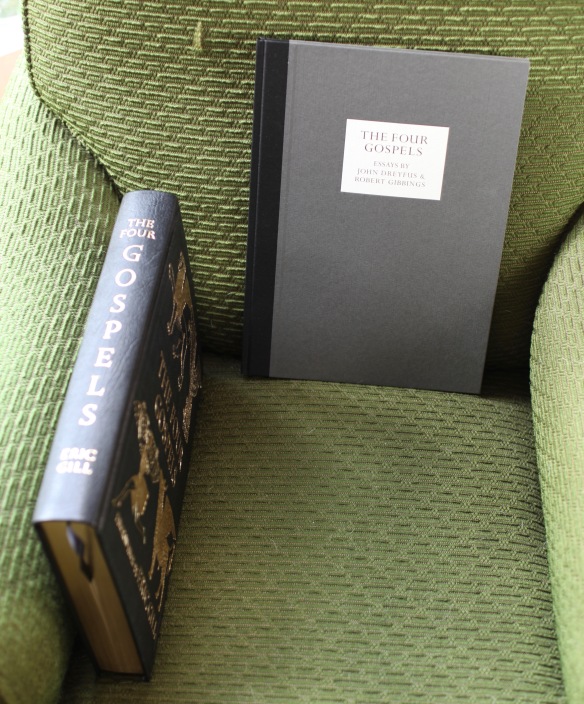
When, four days ago, we visited All Saints’ Church at Bransgore, I knew that I would present the parish with my Folio Society facsimile copy of the Golden Cockerel Press edition of The Four Gospels, designed and illustrated by Eric Gill. The original was published in 1931. The Folio facsimile, from 2007, comes with a companion volume of essays by John Dreyfus and Robert Gibbings. The reason for the chair is that the work is too large to fit into my scanner, so I had to use a camera to record the book. Gold leaf is applied to the cover, the spine, and the edges of the pages.
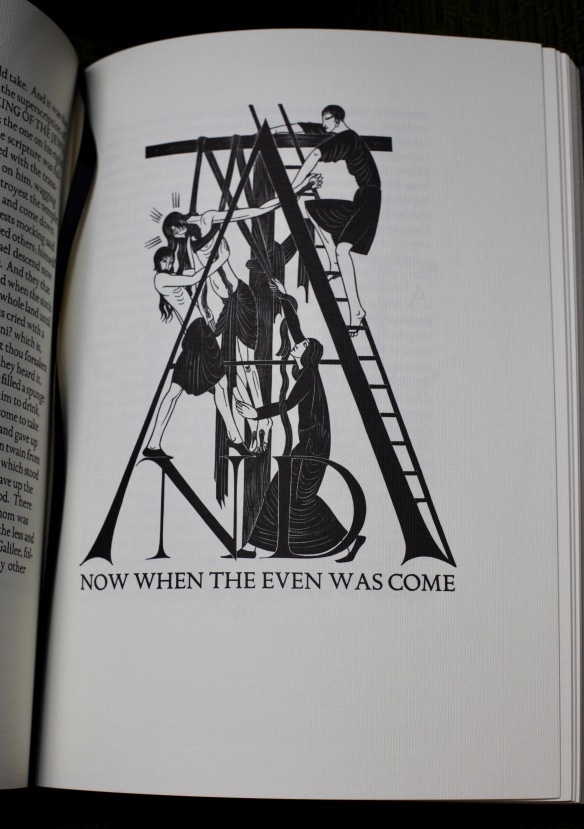
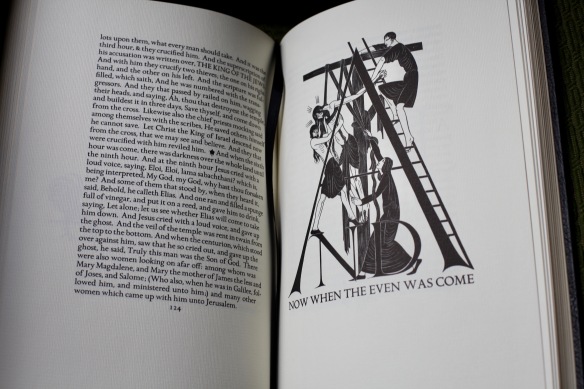
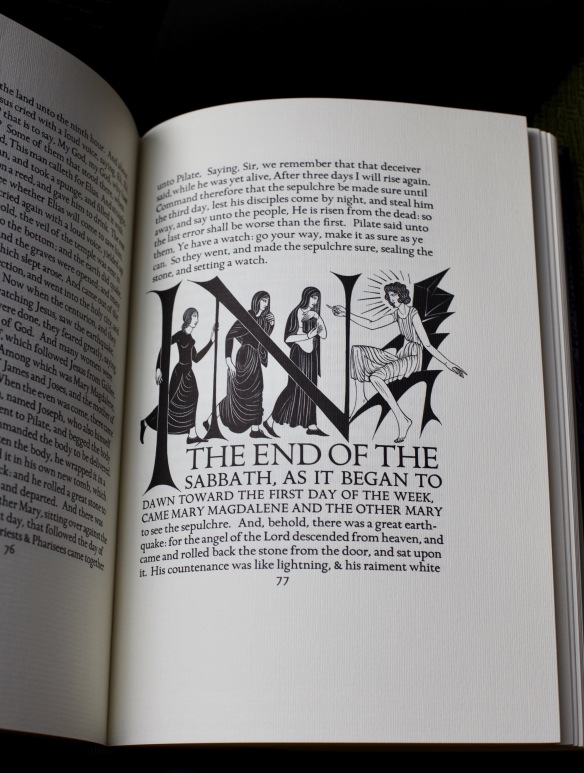
A church that houses Gill’s original stone carvings is surely a suitable home for this book, containing his bold illustrations and superb lettering. Enlarging these illustrations will show the texture of the paper.

Each of the four evangelists is introduced by his own page.

All is contained in a strong box bearing the craftsman’s trademark elegantly simple calligraphy.
In order for me to present the book Jackie drove me to the home of Ingrid Tomkins who had shown us round the church. She explained that it would be kept in a safe place to which interested visitors would be given access.
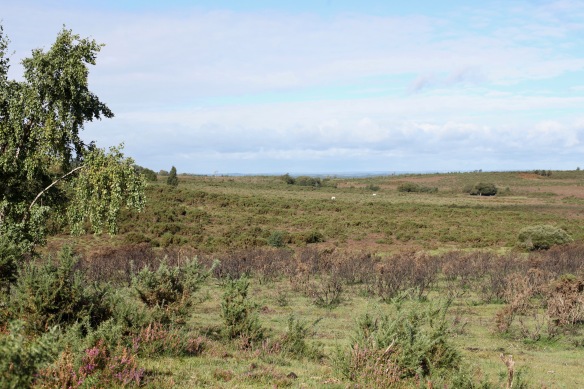

Afterwards, Jackie and I took a trip into the forest. We drove through the moors towards Burley. Ponies could be seen across the landscape, also bearing the embers of controlled burning of gorse;

and beside the roads stretching into the distance.

One cyclist preferred to push his bike up the hill.

Most of these roads have a limit of 40 m.p.h., reducing to 30 on the approach to villages. Even at 30 m.p.h. collision with a pony could be fatal.

The tourist season is not yet over for Forest Leisure Cycling in Burley,
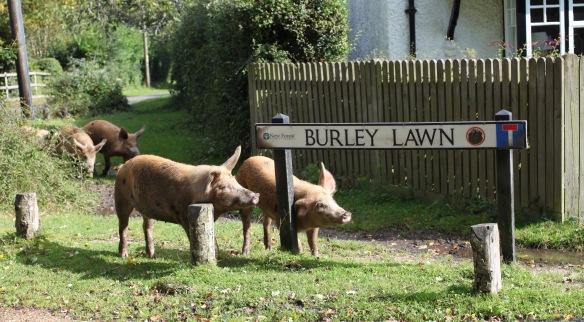
where a quintet of grunting, snorting, snuffling, scampering young Gloucester Old Spot sows informed us that this year’s pannage had begun. They scratched backs, flanks, and bums against the bollards and street sign as they fell over each to enter Burley Lawn.

Their elegant turns of leg belied their ungainly appearance as they raced to the next possible source of food

upon which, like seething maggots, they all seized at once.

We travelled along the Rhinefield Ornamental Drive

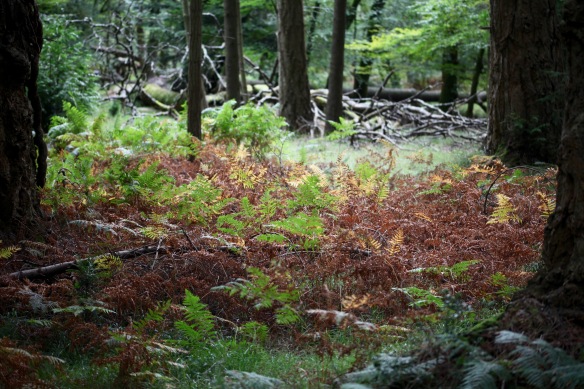
where the bracken is browning
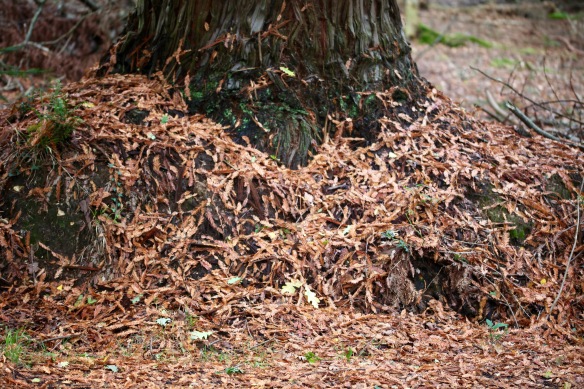
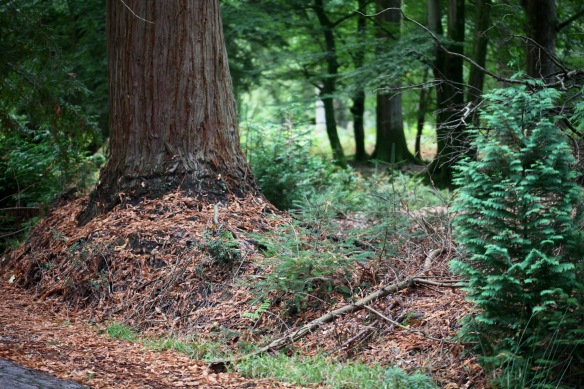
and fallen needles carpeting their tree roots.
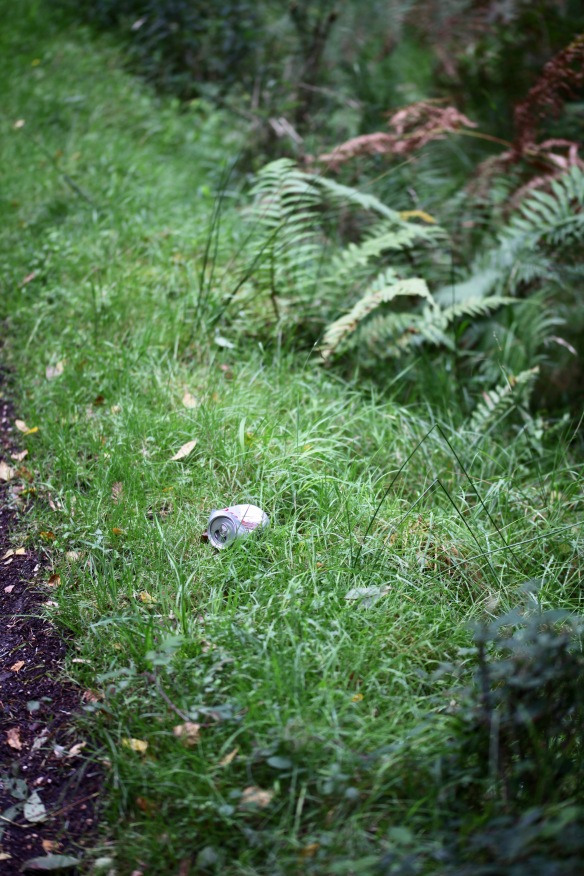
During the hundred or so metres along the forest verge I ventured, I counted upwards of a dozen discarded drink containers and other detritus;
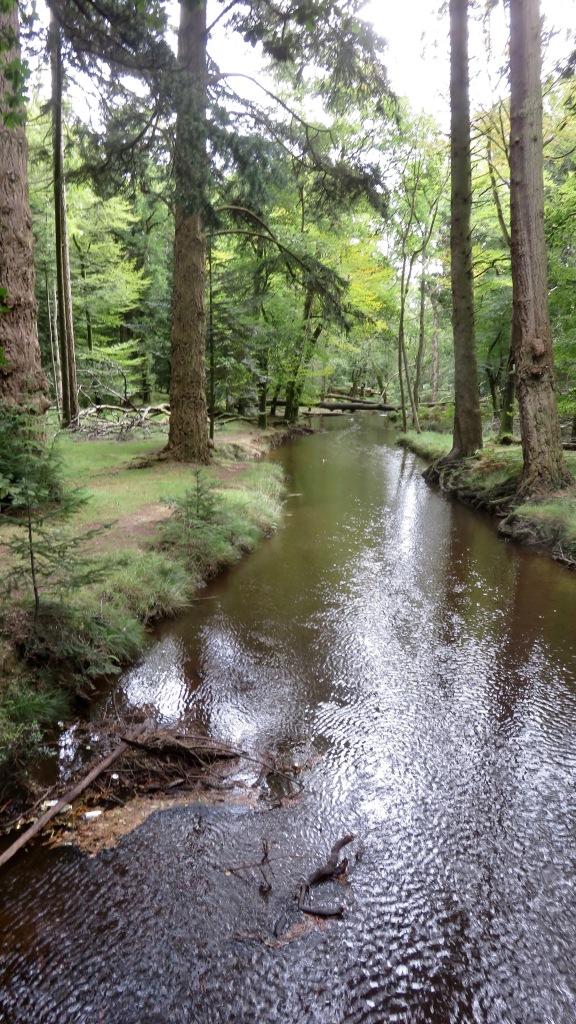
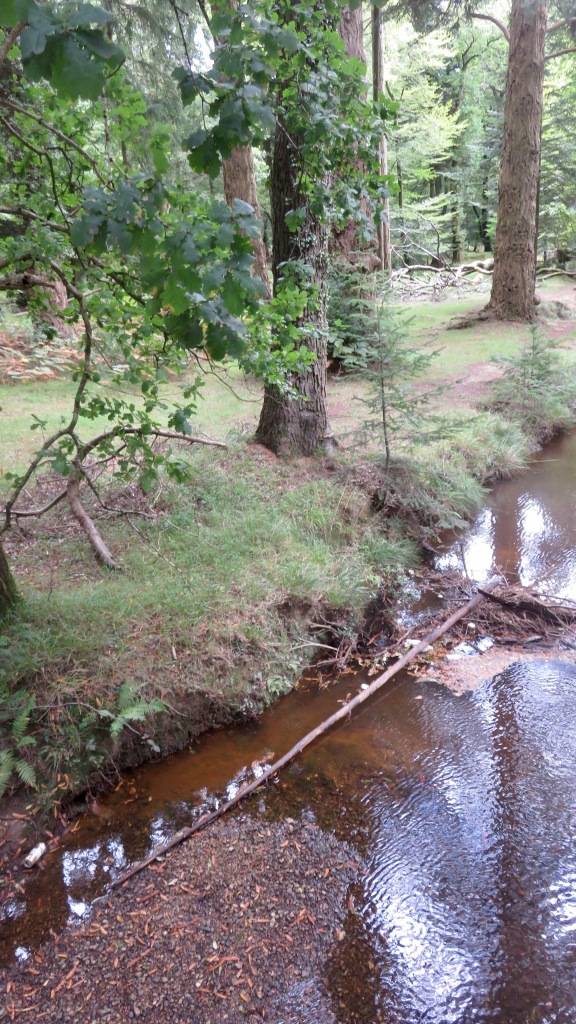
and lobbed into an otherwise picturesque stream
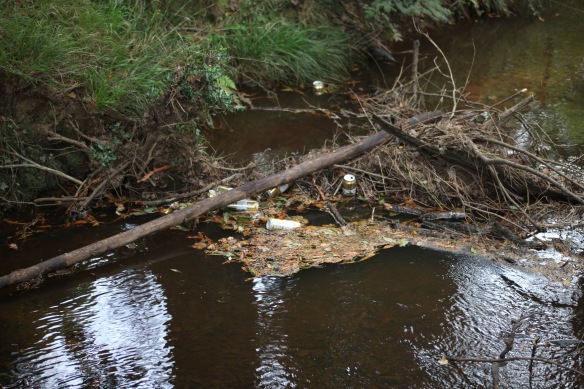
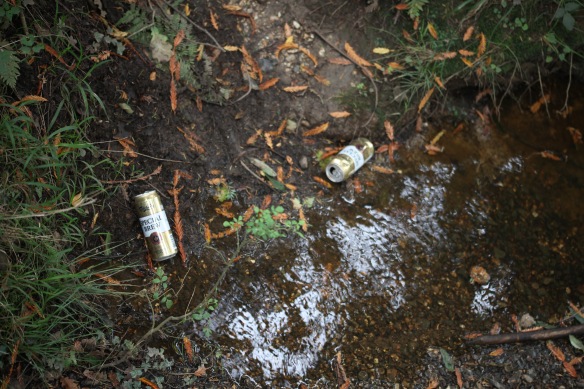
were more than that number of Carling Special Brew cans.
From here we continued to Kitchen Makers at Sway where Ann took us through two different proposals, both of which look exciting, but one of which is probably ruled out by the shallowness of our drainage system. We are to consider these two options. I told Ann that we have very good reports of her firm from Geoff Le Pard, whose mother had used them twice. Ann had fond memories of Mrs. Le Pard.
We brunched at The Beach Hut Café at Friar’s Cliff. Readers may remember that on a recent visit I chose a meal described as pulled pork burger with chips and salad, and pointed out that this was not what I had been given. My observation was accepted and an undertaking to change what was written on the board was promised. The specials board now features a quarter pound burger topped with pulled pork. There is no mention of salad. I expressed my appreciation of this, which went down well.

The sea was rather wilder today. There was just one couple on the beach, basking beside a breakwater.
It will come as no surprise that, after Beach Hut big breakfasts, pizza and salad sufficed for our evening meal.







































































